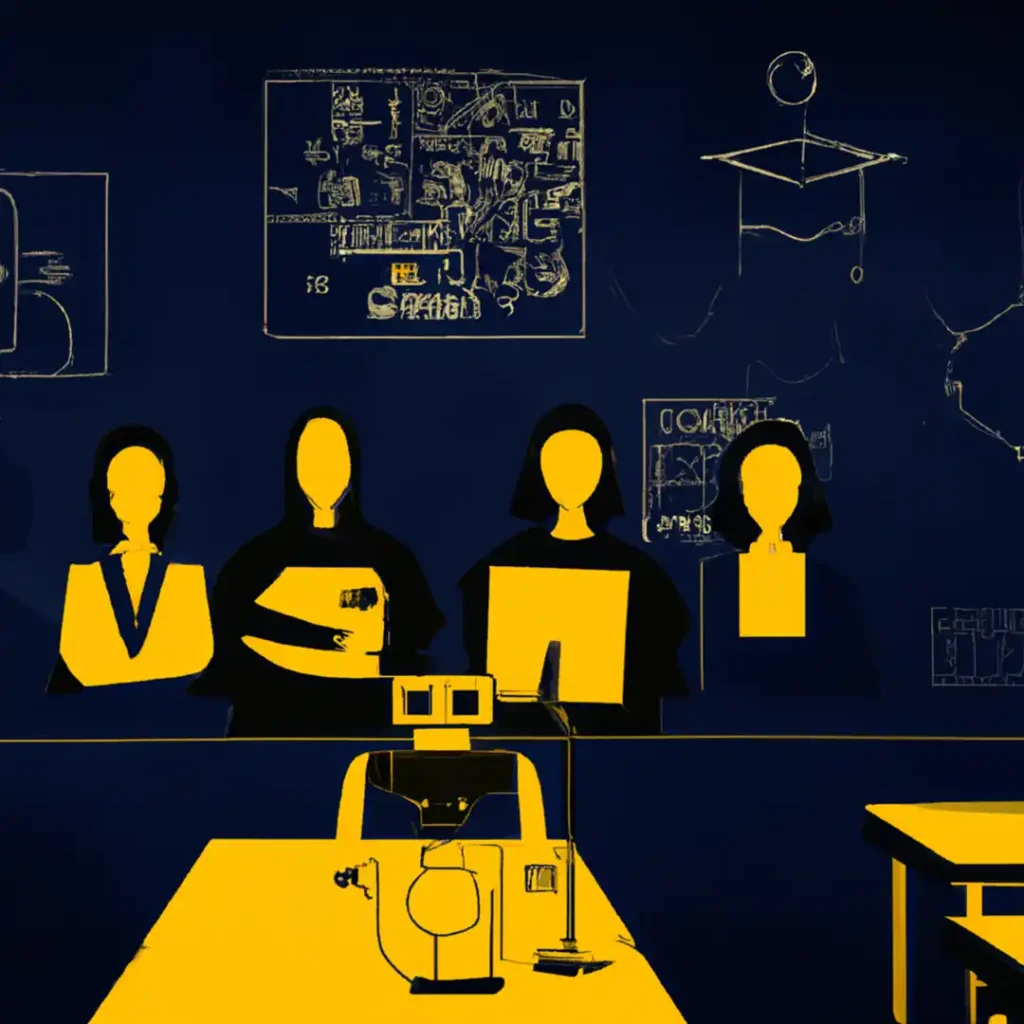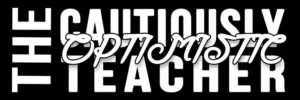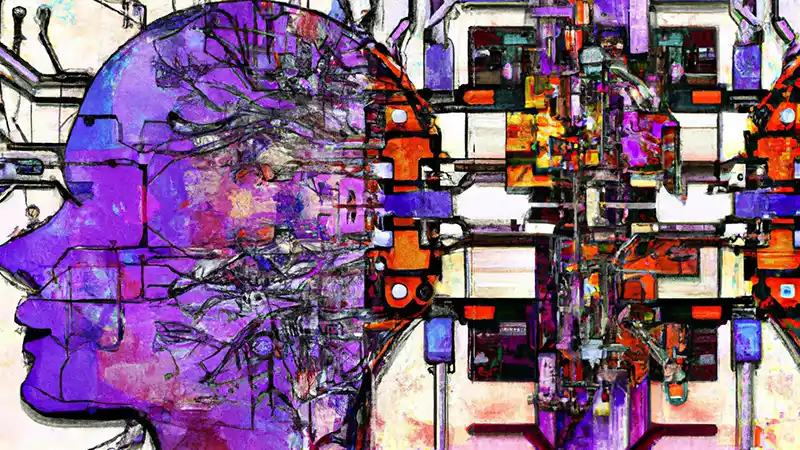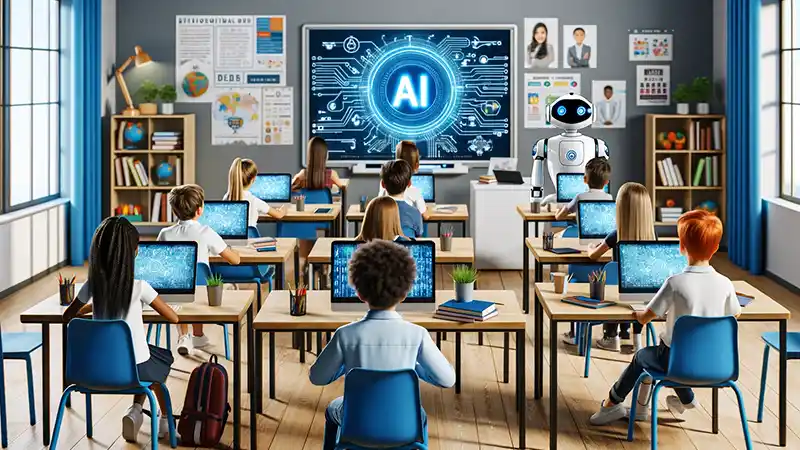In today’s dynamic educational landscape, differentiated instruction stands out as a beacon of personalized learning. This approach, rooted deeply in understanding and addressing individual student needs, emphasizes the uniqueness of each learner. As we navigate the 21st century, technology has woven itself into the very fabric of our classrooms, becoming an indispensable ally for educators worldwide. Among the most promising advances is Artificial Intelligence (AI). The convergence of AI with differentiated instruction promises to revolutionize how we tailor educational experiences, offering tools and insights that empower teachers to meet diverse student needs with precision and compassion. As we delve into this journey, we’ll explore the transformative potential of AI in enhancing and refining the art and science of differentiated instruction.
Understanding Differentiated Instruction
Differentiated instruction can be succinctly defined as an approach where teaching strategies, methods, and resources are adjusted to address the distinct learning needs, preferences, and readiness levels of individual students. At its core, it’s an acknowledgment that every student is unique, and a one-size-fits-all teaching model might not always yield the best results. The importance of this method cannot be overstated; it promotes inclusivity, ensures that every student has an equitable shot at understanding concepts, and fosters a positive learning environment where students feel valued and understood.
However, while the merits of differentiated instruction are evident, its implementation is not without challenges. Teachers often grapple with the task of identifying the specific needs of each student, designing appropriate learning materials, and ensuring that these personalized strategies are effective. Moreover, the logistics of managing different activities in one classroom and ensuring that every student remains engaged can be daunting. Balancing the curriculum demands while personalizing instruction further adds to the complexity. These challenges, though formidable, highlight the very essence of why innovations, especially AI, are paramount in aiding and enhancing differentiated instruction.
The Intersection of AI and Education

The journey of AI in the realm of education began decades ago, but it has witnessed significant acceleration in recent years. Historically, the initial steps of AI in education were modest, with early systems primarily focusing on basic arithmetic and language learning. These computer-assisted instruction systems were rudimentary, but they laid the groundwork for more advanced and adaptive learning tools.
Fast forward to the present, and AI has deeply permeated educational methodologies and tools. Modern AI-driven platforms harness vast amounts of data to offer personalized learning experiences, recommend resources, and even assist in grading assignments. Tools like adaptive learning platforms adjust content in real-time based on student performance, ensuring that learners receive material suited to their current understanding and pace.
Looking ahead, the trajectory of AI in education is promising. Predictions for the future hint at even more personalized and immersive learning experiences. With advancements in natural language processing and machine learning, we might soon witness AI tutors capable of engaging in human-like interactions, providing instant clarifications and feedback. Virtual and augmented reality, powered by AI, could further transform classrooms, allowing students to immerse themselves in historical events or explore complex scientific concepts firsthand. The blend of AI and education not only suggests a future where learning is more tailored and engaging but also one where educators are equipped with tools that empower them to address each student’s unique needs with unparalleled precision.
AI Tools that Teachers Will Find Useful
Free AI Tools From The Teachers’ Blog
The Teachers’ Blog proudly offers a range of AI-powered tools designed to streamline the teaching process, particularly with differentiated instruction. These tools not only alleviate some of the administrative burdens teachers face but also ensure a more personalized learning experience for students. Here’s a brief description of each:
An intuitive tool that harnesses the power of AI to generate customized worksheets tailored to various subjects and competency levels. Whether you’re aiming for basic arithmetic practice or complex language exercises, this tool dynamically crafts worksheets that suit your students’ needs.
Planning lessons can be time-consuming, but with the AI-driven Lesson Planner, educators can quickly draft comprehensive lesson plans. By inputting topics and desired learning outcomes, the planner will suggest a structured flow, activities, and even assessment methods to ensure an effective teaching session.
Recognizing that students have varied reading levels, Tiered Texts employs AI to adjust the complexity of given texts. Whether you need a simpler version for beginner readers or a more advanced one for proficient readers, this tool ensures that all students engage with the material at their level. The tool will also provide a list of difficult vocabulary words and definitions.
Rather than pouring hours into reviewing and annotating student essays, this tool uses AI to provide instant, constructive feedback. It identifies grammatical errors, suggests vocabulary enhancements, and even offers insights into improving the overall structure and coherence of the student’s writing.
To aid comprehension and critical thinking, this tool generates insightful questions based on any given text. Whether it’s a chapter from a novel or a historical article, it crafts questions that challenge students to think deeper and understand the material more thoroughly.
Writing individualized comments on report cards can be daunting. This tool alleviates that stress by using AI to analyze student performance data and craft meaningful, personalized comments. Highlighting both strengths and areas for improvement, it ensures that feedback is both accurate and encouraging.
Tools from Other Sites
Goblin Tools is a task management solution that helps in breaking down complex tasks into smaller, manageable chunks. For educators, this can simplify lesson planning, project design, or any multifaceted task. If a particular segment still seems overwhelming, the tool goes a step further, breaking it down even more. It ensures that teachers can approach large tasks systematically and avoid feeling overwhelmed.
No Red Ink is an adaptive learning platform focused on improving students’ grammar and writing skills. For teachers, it offers personalized practice for students, catering to their specific needs and strengths. It’s a resourceful tool to track student progress, identify areas of improvement, and ensure consistent growth in writing capabilities.
Grammarly is a writing assistant powered by AI that checks for grammar, punctuation, and style errors. For educators, Grammarly can help ensure their materials are free from mistakes. It’s also useful as a recommendation for students to improve their writing, enabling them to get real-time feedback and suggestions.
This is a voice recognition tool that converts spoken language into written text. Teachers can use it to transcribe lectures, create written records of verbal feedback, or assist students with writing difficulties. It’s especially useful for educators who are differently-abled or for supporting students who might benefit from voice-to-text capabilities.
Classcraft is an educational platform that gamifies classroom management and curriculum content. By introducing game mechanics, it increases student engagement, promotes collaboration, and fosters a positive classroom environment. Teachers can tailor their quests (lessons) and rewards, ensuring alignment with educational objectives while making learning fun.
Schoology is a comprehensive learning management system (LMS) that allows educators to create, manage, and share content and resources. Teachers can post assignments, conduct assessments, and communicate with students and parents. The platform streamlines administrative tasks and fosters a connected classroom environment.
ChatGPT, based on OpenAI’s GPT architecture, is a conversational AI model capable of generating human-like text based on the input it receives. Teachers can utilize ChatGPT as an educational tool for answering student queries, simulating dialogues for language learning, or even as a supplementary resource for topics where students seek additional explanations.
The intersection of these challenges with AI solutions underscores the profound potential for transforming classroom experiences for both educators and students alike. As AI continues to evolve, its integration into the educational domain promises even more robust and nuanced support for the critical task of differentiated instruction.
Considerations for Implementing AI in Classrooms

Potential Ethical Concerns
Data Privacy and Security: With the increasing use of AI tools that require access to student data, there arises the critical issue of data privacy. Ensuring that student data is protected and not misused is paramount. Schools and educators need to be well-informed about the data policies of AI vendors and ensure compliance with regional and national data protection regulations.
Bias in AI: Algorithms can inadvertently carry biases, which could lead to skewed recommendations or feedback. For instance, if an AI tool is predominantly trained on data from a particular demographic, its insights might not be universally applicable. Ensuring that AI tools are equitable and unbiased is crucial for their ethical application in classrooms.
Importance of Teacher-AI Collaboration
Human Touch: While AI can offer invaluable insights and automation, the human touch, intuition, and emotional understanding of a teacher cannot be replicated. AI should be seen as a tool that augments the capabilities of educators, not replaces them.
Continuous Learning: As with any tool, AI platforms and solutions evolve. For optimal results, educators need to be proactive learners, understanding the capabilities and limitations of AI tools at their disposal. This knowledge will enable them to blend their expertise with AI’s capabilities seamlessly.
Addressing the Digital Divide and Ensuring Equal Access
Varied Access to Resources: While urban schools in developed regions might have easy access to advanced AI tools, schools in under-resourced areas or developing nations might not have the same privilege. This disparity can exacerbate educational inequalities.
Bridging the Gap: It’s essential for educational policymakers and stakeholders to recognize this digital divide and work towards solutions. This could involve investing in basic digital infrastructure, offering subsidized access to AI educational tools, or partnering with tech companies to create inclusive programs.
Promoting Digital Literacy: Equal access doesn’t stop at providing the tools; it also involves ensuring that educators and students have the necessary digital literacy to leverage these tools effectively.
Conclusion
As we navigate the educational landscape of the 21st century, the fusion of AI and differentiated instruction emerges as a powerful synergy, one poised to reshape how we perceive personalized learning. The capabilities of AI in tailoring learning experiences, offering real-time feedback, and providing actionable insights underscore its transformative potential. But beyond the technological marvel lies the profound impact on individual learners – an environment where each student feels understood, valued, and supported.
Yet, with every promise of change comes the responsibility of wise adoption. Educators stand at the forefront of this evolution. As stewards of the next generation’s learning, it’s incumbent upon them to explore, understand, and integrate AI tools that align with their teaching goals and their students’ needs. The future of education is not just about AI replacing traditional methods, but rather a harmonious blend where human touch and technology elevate each other.
To all educators reading this: The future beckons, teeming with opportunities and tools that can redefine the boundaries of personalized instruction. Dive in, explore, and let AI be the wind beneath your educational sails, propelling you and your students towards horizons of limitless potential.
Learn how to quickly and easily create individual lessons with AI here.


